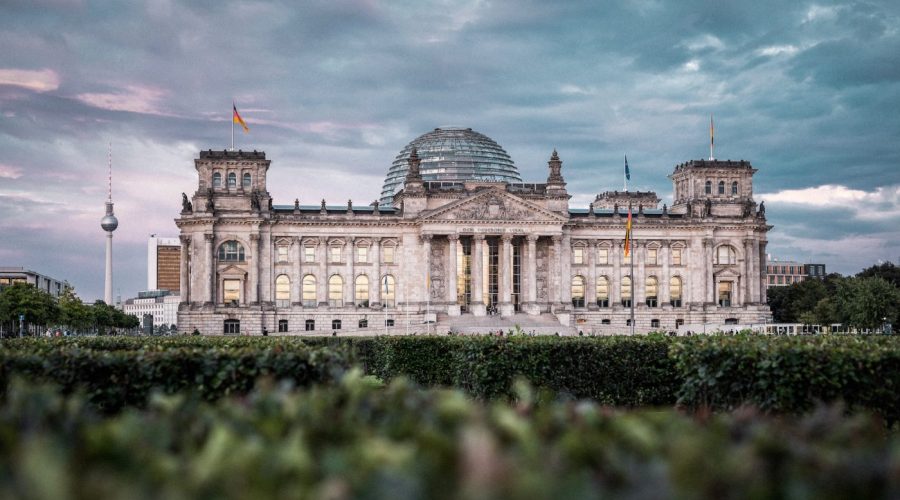What is the significance of Leipziger Platz in Berlin, Germany?
Berlin, the vibrant German capital, is reverberating with a rich past and cultural monuments. One of such famous places is Leipziger Platz. This public square has historical and architectural significance making it must visit destination for both tourist and locals.
The History of Leipziger Platz
Leipziger Platz has seen quite some changes through the decades. Originating in 18th century it was set up as a trade Center and commerce. However the area was heavily hit by the bombings during the World War 2 and lay in the ruins.
After the division of Berlin by the Berlin Wall during the Cold War period the place was situated behind so-called death strip – buffer zone between East and West of the city. Before Fall of the Berlin Wall in 1989, the square was inaccessible and empty.
With the reunification of Germany, revitalization also ensued leading to the building of contemporary houses and monuments. Leipziger Platz turned into a symbol of Berlins fortitude, combining ancient pieces with recent works of architecture.
Symbols of History: Potsdamer Platz and the Brandenburg Gate
Next to Leipziger Platz is another place of interest – Potsdamer Platz. Before it was destroyed during the war, Potsdamer Platz was an active square. Today it is a pleasant and modern district that boasts Berlins architectural skills.
Additionally, the famous Brandenburg Gate is located at the end of the boulevard Unter den Linden. As a historic monument that boasts neoclassicism style and historical importance, the Brandenburg Gate is a symbol of unity and freedom.
Modern Architecture and Cultural Attractions
The rebuilding of Leipziger Platz allowed several outstanding architectural builds rising from the ground blending perfectly with the adjacent historical builds. Some noteworthy highlights include:
- French Embassy: Constructed by Christian de Portzamparc, this present-day, glass-walled building brings touches that are sleek as well as contemporary to the location.
- Mall of Berlin: As one of the biggest shopping malls in Europe, offers a vast amount of shopping, dining and amusement venues.
- Hotel Adlon: An OC legendary luxury hotel, it has been the site for celebrities, dignitaries and even presidents over the years.
- Several Leipziger Platz are also known for cultural features. The Berliner Philharmonie with its unbelievable acoustics is evidence of Berlin’s love of music. The nearby Martin-Gropius-Bau museum features remarkable shows, showcasing artworks of different eras and cultures.
Transportation and Accessibility
The travel to Leipziger Platz, is easy, thanks for the sufficient public transport of Berlin. The nearest underground station is U-Bahn Potsdamer Platz subway station on several subway lines. Moreover, various bus routes are available in the area, making it quite easy for the tourists to visit this location.
Those wishing to walk the city, is the distance of other famous landmarks such as the Reichstag building , Checkpoint Charlie , and the memorial to the Berlin Wall .
Conclusion
Leipziger Platz is a symbol to Berlin’s will, where history, contemporary architecture and culture meet right. Discovering this lively square and its surroundings gives visitors insight both into the past as well as to the present of the German capital city.
Table of Contents



